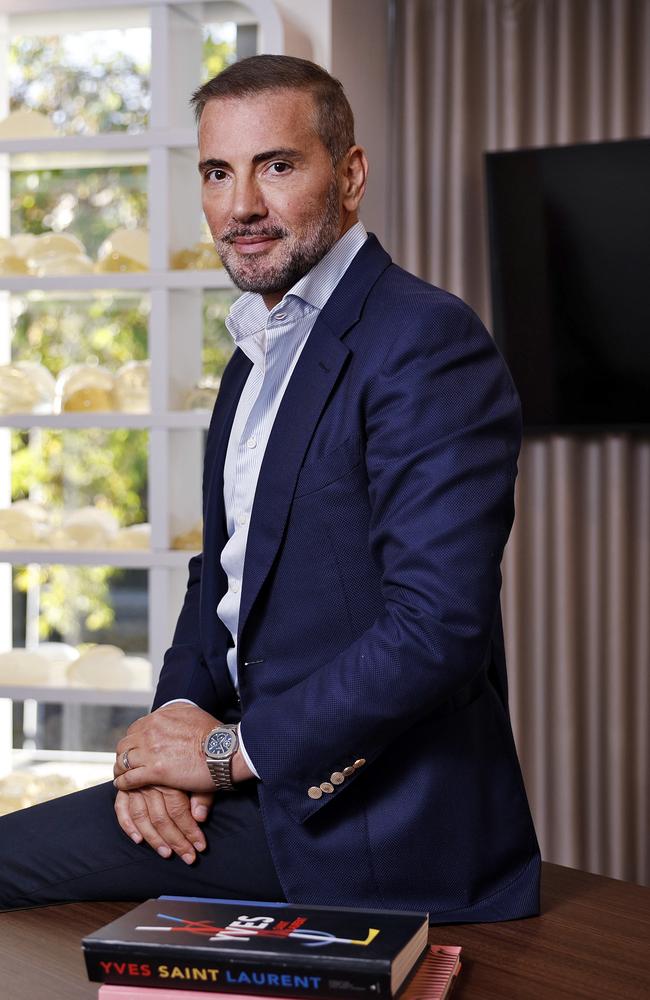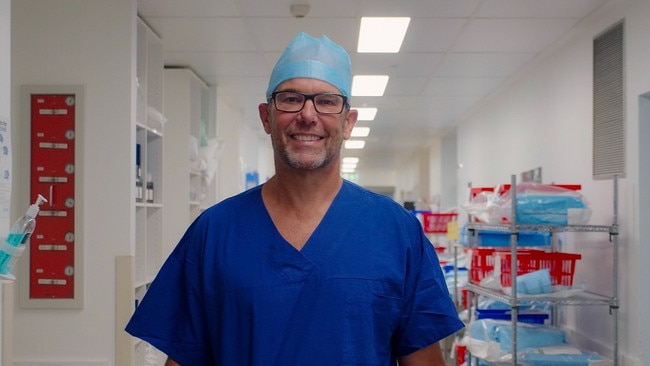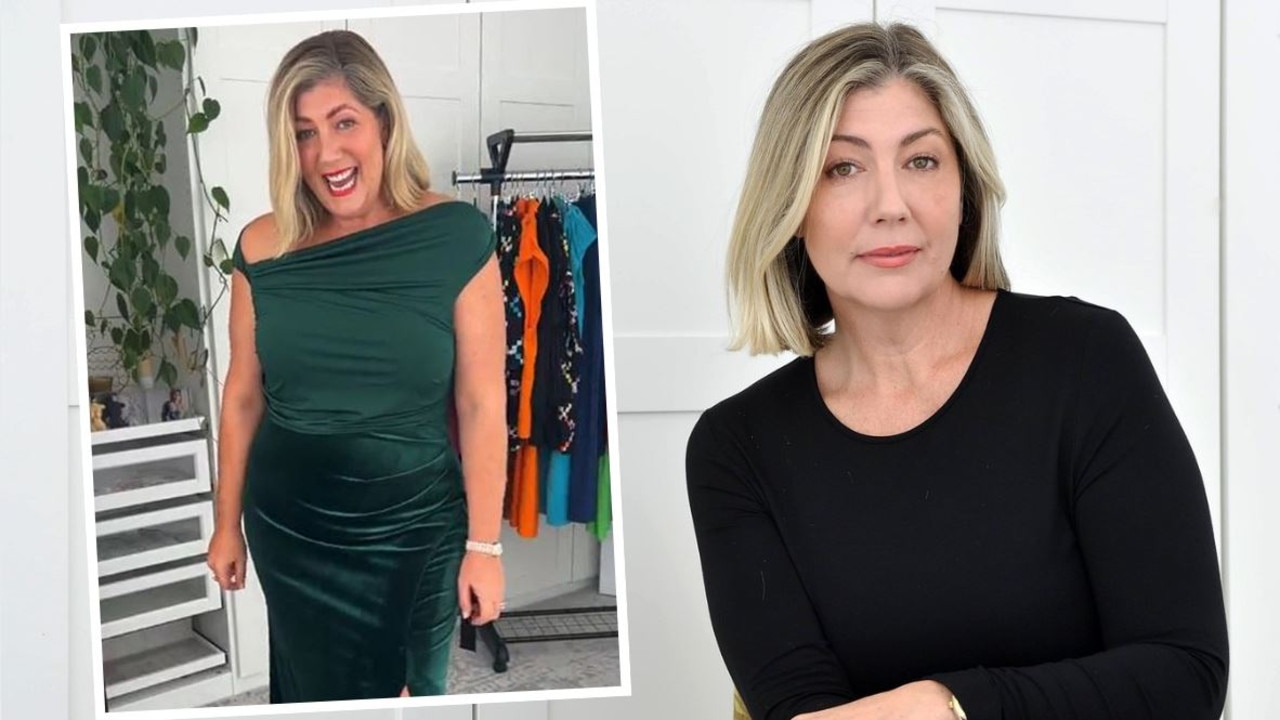‘Enormous rise’: Demand surges for surgery to fix saggy skin after Ozempic weight loss
Cosmetic surgeons and practitioners report that GLP-1 agonists like Ozempic and Mounjaro are boosting the $1.4 billion cosmetic surgery industry, with a jump in demand for skin-tightening procedures.

Weight Loss
Don't miss out on the headlines from Weight Loss. Followed categories will be added to My News.
Demand for cosmetic procedures to fix Sydneysiders’ saggy skin and lost facial fat associated with weight-loss drugs has risen among the harbour city’s beauty practitioners and plastic surgeons.
A cohort of cosmetic surgeons and practitioners say the effect of drugs known as GLP-1 agonists such as Ozempic and Mounjaro have helped them maintain a slice of the $1.4 billion cosmetic surgery industry on our shores, with skin-tightening procedures growing in popularity and reputation, service and discretion more paramount than ever.
The latest figures on cosmetic surgeries from the Australian Commission on Safety and Quality in Health Care reveal that in 2023, the most popular procedures were liposuction, face and breast lifts and augmentations and eyelid surgery.
The figures coincide with the use of prescription drugs for weight loss, with Ozempic approved for type 2 diabetes treatment but also prescribed off label in Australia while Wegovy and Mounjaro are approved for chronic weight management.
Sydney specialist breast surgeon Kourosh Tavokoli has seen a sharp rise in requests for breast lifts and tummy tucks in the last two years.
Dr Tavokoli, 55, a Sydney specialist breast surgeon of 20 years who also performs facelifts and reconstructions said: “(Medically assisted weight loss) has changed the landscape of patient-type.
“I’m seeing an enormous rise in requests for breast and tummy work, more than 30 per cent.”

The Australian Society of Plastic Surgeons shared Dr Tavakoli’s view.
“Anecdotally, the reason for significant weight loss has shifted from surgical assistance like gastric banding to the newer GLP-1 drugs,” said its president, Dr David Morgan.
Dr Morgan said that after use of these drugs, “women usually describe concerns about their abdomen, breasts, and face”.
“A face that has lost volume can make a patient look and feel much older because of the lack of volume and subsequent skin laxity and descent with gravity,” he said.
“Correction of significant change usually requires surgery (face and neck lift), but more subtle change can be managed with fillers.”


Cosmetic doctor Amy Chahal, 40, who runs the Centre for Medical Aesthetics in Sydney’s Surry Hills launched her own business three years ago during which time she has seen a significant change in procedures.
“A loss of fat pads in the face is a valid phenomenon, we’re seeing a lot more clients asking to address this,” she said.

Specialist plastic surgeon and former dentist Maryam Seyedabadi has seen an increase in her clientele seeking skin-tightening procedures
“In some regards GLP-1 agonists have replaced the massive weight loss in patients who used surgical aids such as gastric bands,” she said.
“In the last 12 months I’m seeing less people coming for buccal fat pad removal and more for facial fat grafting.”
“These medications are quite ageing on the face particularly among younger patients who are coming to me looking deflated and aged in the face disproportionate to their age.

Sydney has experienced a 10 per cent rise in numbers of plastic surgeons to 168 in the last six years, according to the Australian Society of Plastic Surgeons. Nationally, a 17 per cent rise saw an additional 95 surgeons compete with the existing 527 in the same period.
Wellness entrepreneur Linda Rogan, said her Laser Clinics Australia Double Bay branch has received patients concerned about facial volume loss associated with weight-loss medication.
Woollahra specialist plastic surgeon Jeremy Hunt said he too was “100 per cent seeing an increase in these patients” who had used weight loss drugs.

“In losing a lot of weight, though, patients develop problems associated with excess skin such as chafing, sweating and potential infections and excess skin – there is phenomenal increased demand on body contouring plastic surgical procedures,” he said.
Dr Hunt said some people went to him with changes in their face.
“Some of it is going to be fat and some is volume of muscle … with a hollowed out long drawn and skeletal appearance – it’s around in Sydney and Australia, you see it, people are talking about it,” he said.
“(The condition) is leading people to seek options for facial rejuvenation as well as body contouring … what was once an infrequent occurrence, that is the number of people on GLP-1 agonists – is becoming a daily event.”

A Therapeutic Goods Administration spokesman said while it would “not be appropriate to comment on the popularity of specific treatments”, a spokesman for the regulator said.
“GLP-1 medicines, like Ozempic, Wegovy and Mounjaro, are prescription medicines and should only be taken if they have been prescribed by a suitably qualified health practitioner.”
Dr Jack Zoumaras, specialist plastic surgeon in Bondi with a focus on face, neck and eyes said he was now seeing “a subset” of patients with skin laxity, which needs surgical correction or facelifts, or correction through “structural fat grafting”
“Demand is changing,” he said.
More Coverage
Originally published as ‘Enormous rise’: Demand surges for surgery to fix saggy skin after Ozempic weight loss





